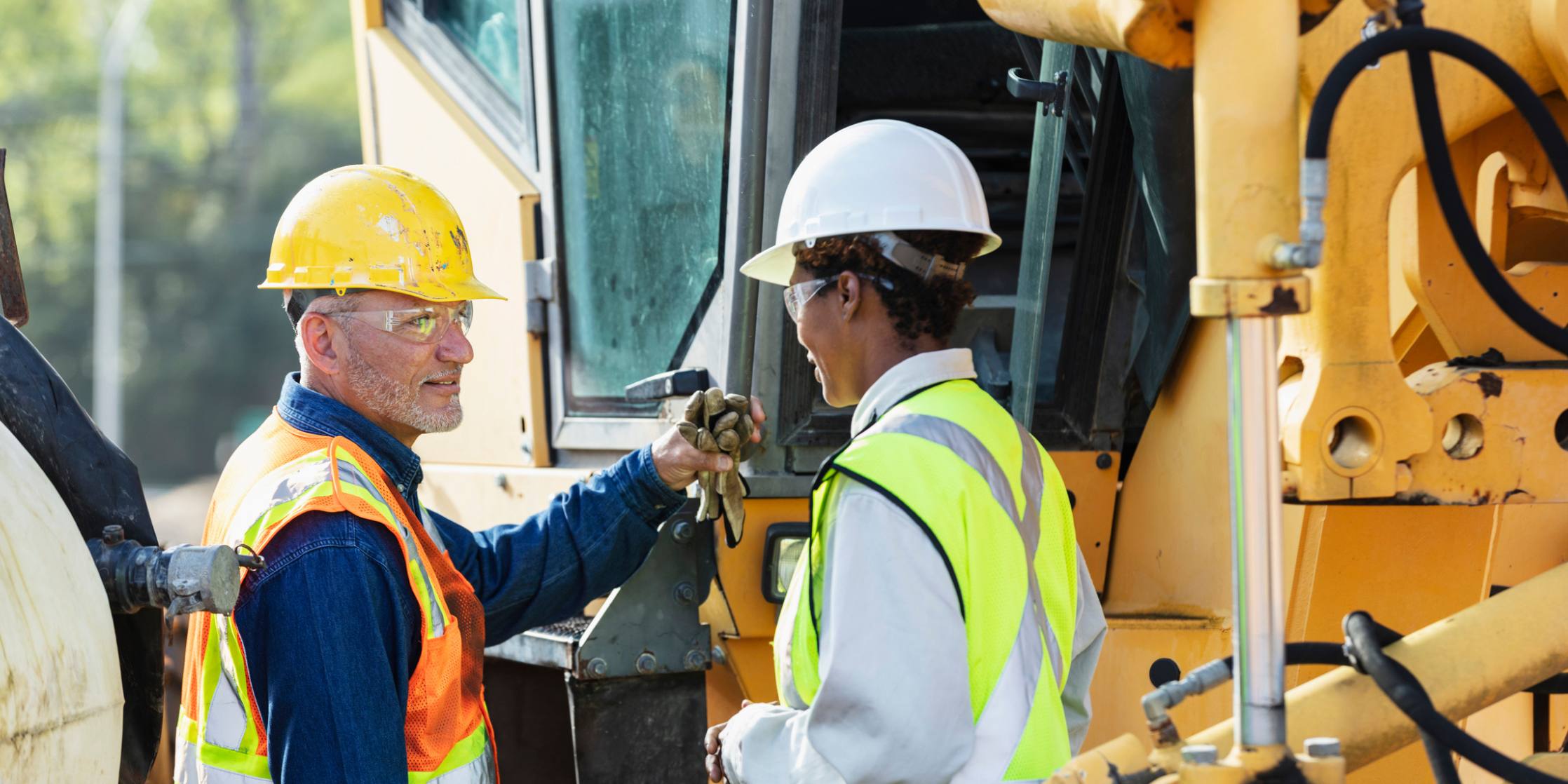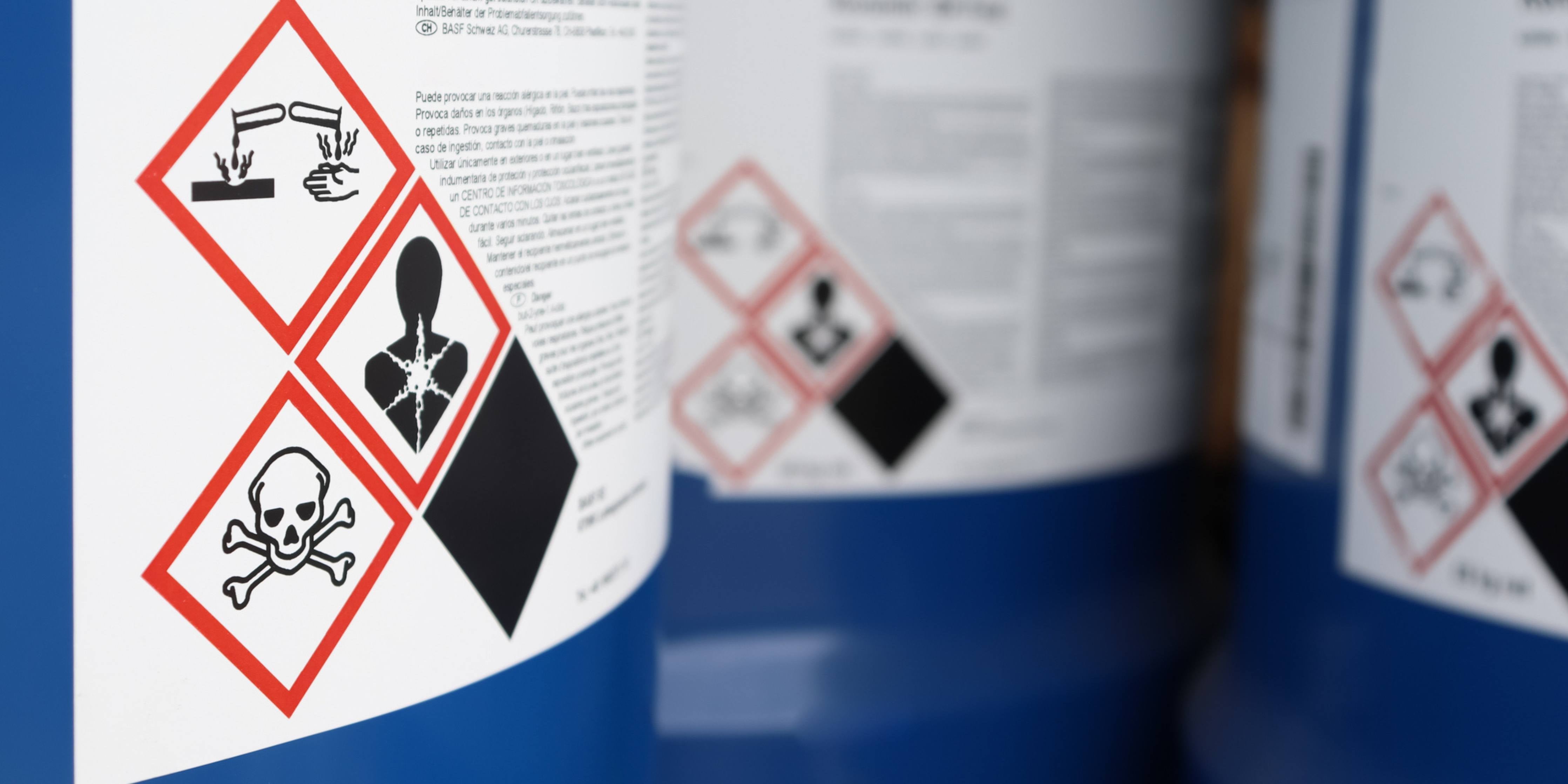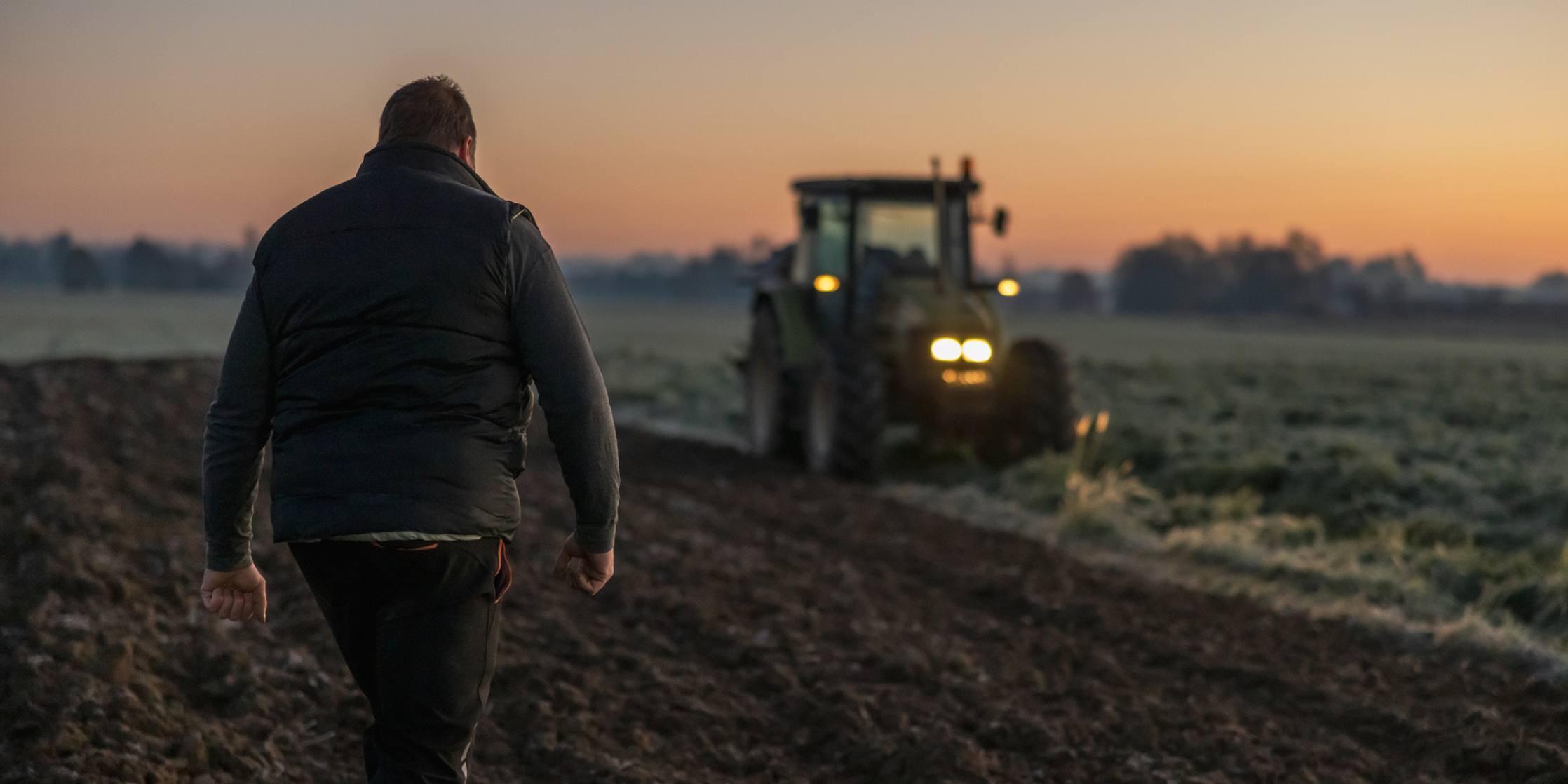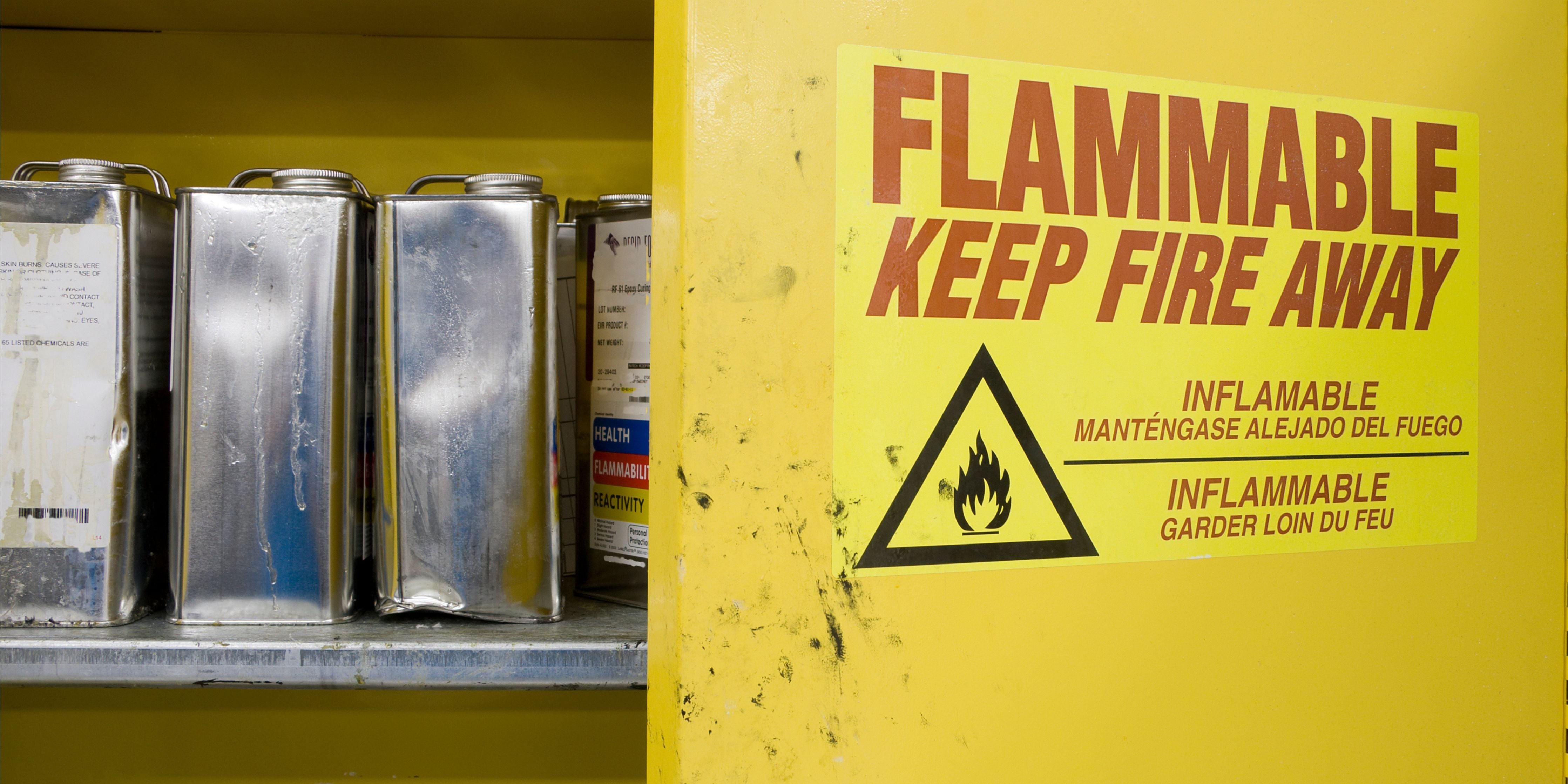YOUR CART



This energizing platform provides you with an opportunity to connect, exchange ideas and share best practices in workplace health and safety from the comfort of your own home.
Rewatch or discover all past webinar events in one place.
Explore & Watch Now To learn more about each webinar event before booking check out the list below.
Booking options are available on each page as well:

The Ontario Designated Substances Regulation has been around since the 1980s, but some employers have not implemented the control program. This webinar will focus on the regulatory framework around the control program, which may be needed after completing a designated substances assessment. Learn content on the regulation, specific to control programs, hear about the MLITSD guide regarding designated substances in the workplace and become aware of control program content. Note: This webinar will have limited focus on the designated substances assessment.

Whether you're just starting out or managing a growing business, workplace safety is a must—not a maybe. This practical session brings together essential safety practices and introduces a powerful free tool to streamline your compliance efforts.
What you’ll learn:
Let's strengthen your safety foundation and simplify compliance—no matter the size of your business.

Are you a supervisor who manages machine operators? If so, this foundational session is designed specifically for you. As a frontline leader, your role is critical in ensuring a safe and compliant work environment. This session will equip you with the essential knowledge and practical tools to identify and control machine-related hazards, enforce safety protocols, and foster a culture of safety within your team.
Through real-world examples and interactive discussions, you'll learn:
Whether you're new to supervising machine operations or looking to refresh your safety knowledge, this session will help you to lead with confidence and keep your team safe.

Most workplaces use chemicals, ranging from lower risk consumer products to high hazard designated substances. Some organizations struggle to identify risks and implement effective controls, leaving workers at risk of occupational disease. In this session, we will discuss chemical safety from pre-purchase to disposal following the recognize, assess, control, and evaluate model, highlighting regulatory requirements and sharing tips to keep your workers and property safe.

Join us for a dynamic 90-minute webinar designed to help Ontario workplaces turn economic uncertainty into an opportunity for stronger health and safety performance. You’ll walk away with actionable insights, resources, and practice a SWOT workshop to future-proof your safety culture—no matter how lean the times get.

MLITSD hygienists are currently conducting proactive inspections to ensure compliance with Regulation 833, Control of Exposure to Biological or Chemical Agents.
The goal is to prevent occupational illness and ensure that workers are not exposed to hazardous substances exceeding the occupational exposure limits.
Join WSPS for this FREE information webinar on how to comply and prevent occupational illness in your workplace. We will discuss:

Equipment hazards result in injuries and even fatalities in the agricultural sector. Discuss equipment types such as conveyors, mowers and tractors, and tasks such as operation, maintenance and repair. Explore common equipment hazards such as moving parts and practical controls such as lockout tagout. Discover resources for preventing incidents. This session will raise awareness to improve health and safety in the agricultural sector.

Social service professionals face heightened risks to their mental well-being due to the demanding nature of their roles and the complex challenges encountered by those they support. Their work often involves engaging with individuals in crisis, experiencing mental health struggles, or dealing with substance use issues. In some cases, clients may have a history of violence or harassment.
While helping people dealing with challenges, social service professionals are more likely to face vicarious trauma and compassion fatigue. These external pressures, combined with internal organizational challenges such as heavy caseloads and staffing shortages, contribute to burnout, job dissatisfaction, and elevated turnover rates across the sector.
This session will explore the growing concerns surrounding workplace mental health and the impact on those working in social services.

Discover how to build a healthier, more productive workplace from day one. This engaging presentation dives into the fundamentals of ergonomics—what it is, why it matters, and how it directly impacts employee well-being and performance.
Whether you're a hiring manager, HR professional, or team leader, you'll gain practical tips and strategies to integrate ergonomic principles into your hiring and onboarding processes. We’ll cover:
Join us and learn how small ergonomic changes can lead to big results—for your people and your organization.

Poor storage practices and misuse of flammable and combustible liquids can lead to devastating fires and cause catastrophic injury and/or property damage. In this session, we will learn to identify and assess risk and discuss using the fire tetrahedron model to mitigate risk of fire. We’ll also answer common questions such as: how does a flammable liquid storage cabinet work? What is bonding and grounding? Do I need a pre-start health and safety review? What training do my staff need before using flammables? Come ignite your curiosity!

Safety starts with identifying hazards. Some are obvious, staring us in the face, but others can be challenging to identify. And once you’ve got a hazard on your hands, now what? Learn more about the RACE process of hazard recognition or identification, risk assessment methodologies, control options, and the importance of evaluating the effectiveness of controls, and learn the value of a coordinated hazard identification and risk assessment system.

The Ministry of Labour, Immigration, Training and Skills Development (MLITSD) is conducting a Rigging and Hoisting initiative in the Stone, Steel and Concrete Pre-Cast Industry sector from February 16th to March 31st, 2026. This webinar, provided by Workplace Safety & Prevention Services (WSPS), will provide an update on the initiative including valuable information on what inspectors are observing in workplaces and order written to ensure you are in compliance. We will also share valuable tips and resources on how WSPS can support you during this initiative.

Are you a retail company in downtown Toronto? If so, here’s what you need to know to protect your staff from the growing threat of smash and grab incidents.
This practical and informative session is tailored for retail business owners and managers operating in high-traffic urban areas. You'll gain insight into current trends, risk factors, and proven prevention strategies to help safeguard your business.
Join us to learn how to protect your staff and respond effectively if an incident occurs. Let’s work together to keep Toronto’s retail community safe and resilient.

Are you doing your best in preventing workplace injuries and illnesses? Want to earn financial incentives while building a healthier and safer workplace? Join Workplace Safety & Prevention Services (WSPS) as we explore WSIB’s Health and Safety Excellence program and the many ways the program can benefit your business.

This online event will outline:

In this session we will review why the working for workers acts were created, and all of the OHSA and Regulation changes that have occurred though the working for workers act releases. The session will also provide guidance and tips to help Employers navigate and implement the various updates and changes.

Ontario is quickly becoming a leader in the battery electric vehicle (BEV) sector, with billions being invested by the Ontario government and global automakers. This emerging technology, however, has brought forward a variety of new hazards that many in the industry do not fully understand. This safety connection will build off of previous WSPS BEV safety connections, discussing BEV and lithium-Ion battery (LiB) hazards, relevant legislation, health and safety considerations for the industrial lifecycle of BEV/LiB, and resources to support BEV/LiB workplace safety.

With so many benefits of hybrid work – flexibility, reducing commuting time, and even reducing carbon emissions - many employers are joining the work revolution. But organizations are also struggling to understand their employer responsibilities and how to manage risks. What challenges are hybrid workplaces facing? What’s required to keep workers safe? What’s best practice? And how do we build safety bridges between work and home offices? Join us for an interactive session that will bring clarity to many of these questions and more.

This 45-minute session, WHMIS Basics for the Automobile Service, Repair, and Recycling industries, covers key knowledge for employers, supervisors, and workers—ensuring proper training, safe chemical handling, and effective storage practices.
Since our no-cost Virtual WSPS Safety Connection events are extremely popular and frequently fill to capacity, subscribe to join our VIP list to be the first to learn about upcoming sessions.
SUBSCRIBE